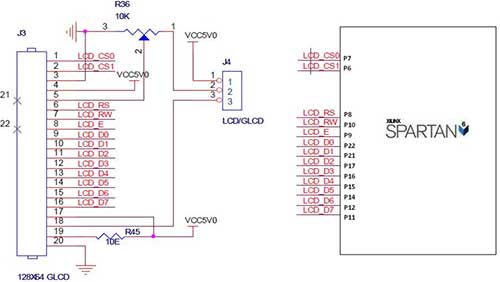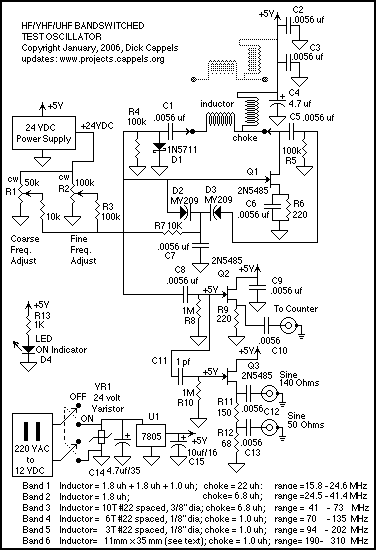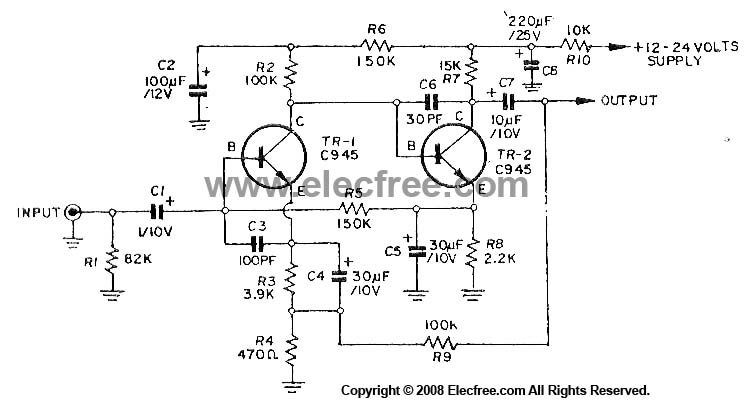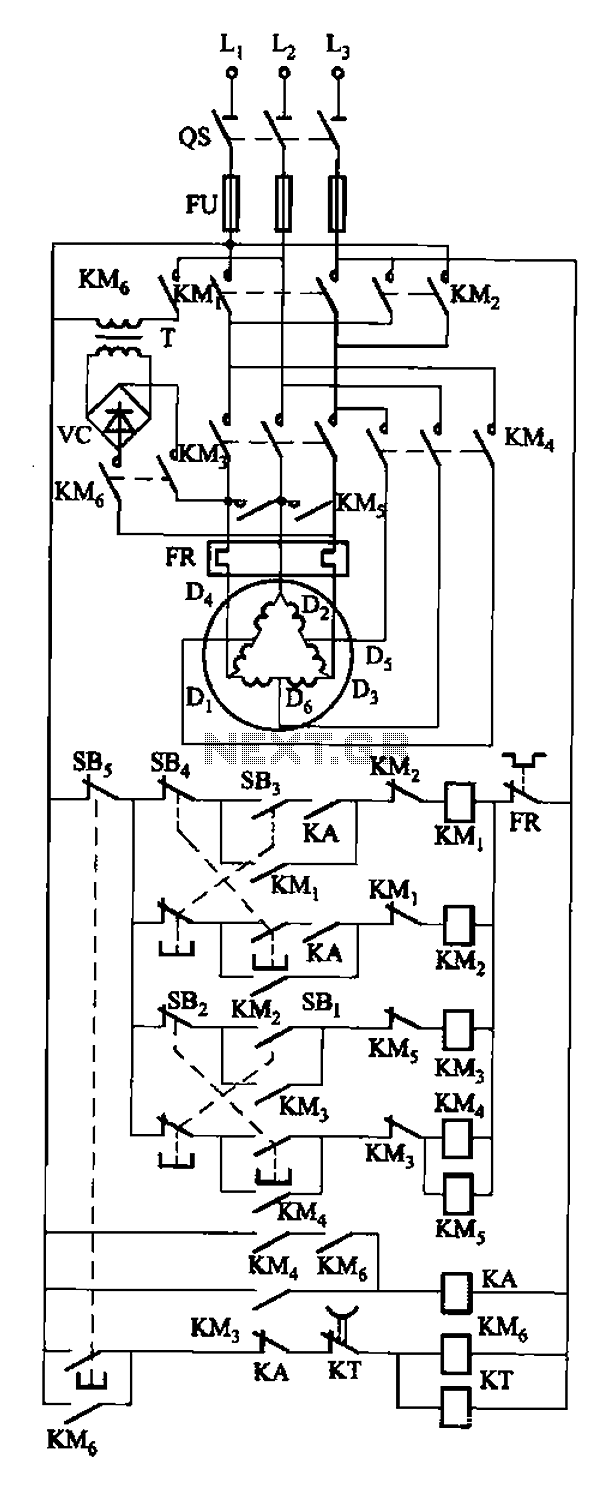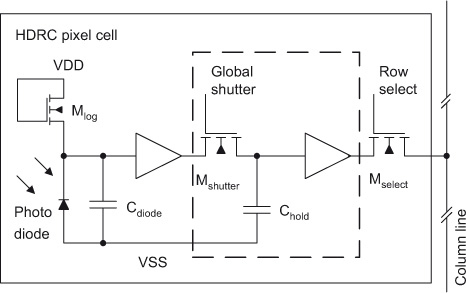
Dynamic Testing of High-Speed ADCs Part 2
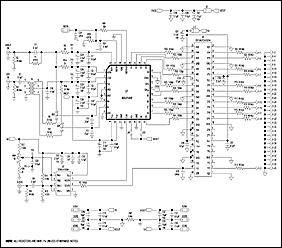
The following article is a continuation of the application note titled "Defining and Testing Dynamic Parameters in High-Speed ADCs, Part 1." It outlines the test conditions and setup recommendations necessary for effectively measuring the dynamic performance parameters of high-speed analog-to-digital converters (ADCs).
This article provides essential guidelines for testing high-speed ADCs, focusing on the dynamic performance metrics crucial for evaluating their operational efficiency. Key parameters such as signal-to-noise ratio (SNR), total harmonic distortion (THD), and spurious-free dynamic range (SFDR) are discussed in detail. The recommended test conditions include specific configurations for input signals, sampling rates, and environmental factors that may influence measurement accuracy.
To achieve reliable results, the article emphasizes the importance of using calibrated test equipment and appropriate signal sources. It suggests employing high-quality oscilloscopes and signal generators that can operate at the ADC's specified frequency range. Additionally, proper grounding and shielding techniques are recommended to minimize noise and interference during the testing process.
The article also addresses the setup of the test environment, highlighting the need for stable power supplies and controlled temperature conditions to ensure consistent performance across multiple measurements. By following these guidelines, engineers can obtain a comprehensive understanding of the dynamic performance of high-speed ADCs, facilitating better design and optimization of electronic systems that incorporate these components.The following article is a follow-up application note to `Defining and Testing Dynamic Parameters in High-Speed ADCs, Part 1`. It details test conditions and setup recommendations to efficiently measure the dynamic performance parameters of high-spee..
🔗 External reference
This article provides essential guidelines for testing high-speed ADCs, focusing on the dynamic performance metrics crucial for evaluating their operational efficiency. Key parameters such as signal-to-noise ratio (SNR), total harmonic distortion (THD), and spurious-free dynamic range (SFDR) are discussed in detail. The recommended test conditions include specific configurations for input signals, sampling rates, and environmental factors that may influence measurement accuracy.
To achieve reliable results, the article emphasizes the importance of using calibrated test equipment and appropriate signal sources. It suggests employing high-quality oscilloscopes and signal generators that can operate at the ADC's specified frequency range. Additionally, proper grounding and shielding techniques are recommended to minimize noise and interference during the testing process.
The article also addresses the setup of the test environment, highlighting the need for stable power supplies and controlled temperature conditions to ensure consistent performance across multiple measurements. By following these guidelines, engineers can obtain a comprehensive understanding of the dynamic performance of high-speed ADCs, facilitating better design and optimization of electronic systems that incorporate these components.The following article is a follow-up application note to `Defining and Testing Dynamic Parameters in High-Speed ADCs, Part 1`. It details test conditions and setup recommendations to efficiently measure the dynamic performance parameters of high-spee..
🔗 External reference
